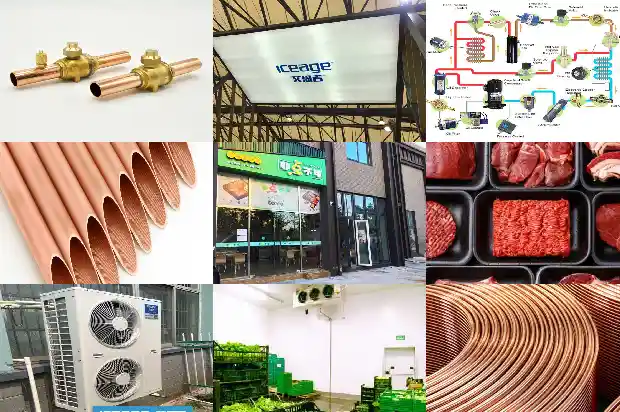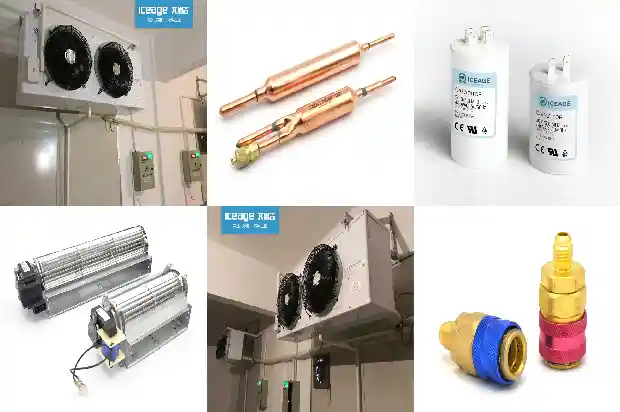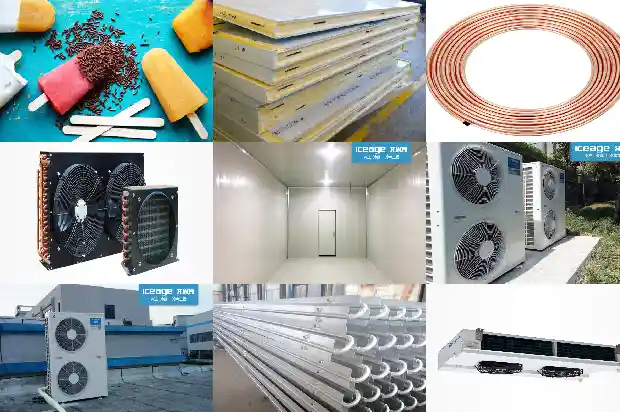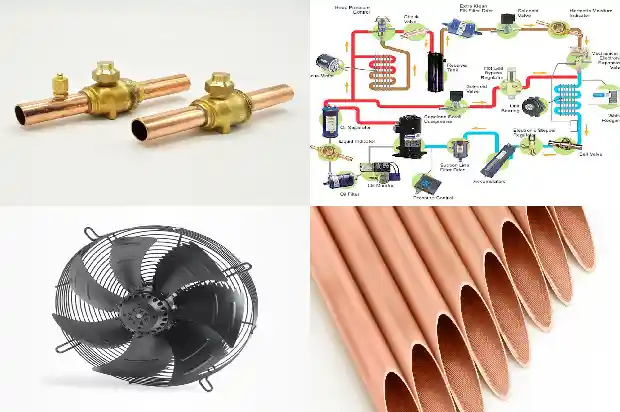Cleaning Methods of Tubular Coolers
2025-02-26
When the copper tubes of a tubular cooler are damaged and leaking, if they are plugged with pipe plugs, the total number of plugged tubes shall not exceed 10% of the total number of tubes (or as required in the cooler product manual). Check and clean the scale on the surface of the tubular cooler's tube wall according to the water quality and oil quality.
The cleaning methods of the tubular cooler are as follows:

The cleaning methods of the tubular cooler are as follows:
- Cleaning of the water side of the tubular cooler
a. Trichloroethylene solution can be used for flushing. Let the cleaning solution circulate inside the cooler.
The solution pressure should not exceed 0.63 MPa. It is best that the flow direction of the solution is opposite to the oil flow direction of the cooler. The cleaning time depends on the dirt condition. After flushing, introduce clean water for cleaning until the outflowing water is visually inspected to be clean.
b. Carbon tetrachloride can also be used for soaking. Pour the solution into the cooler. After 15 - 20 minutes, observe the color of the solution. If it is severely turbid, replace it with new solution and repeat the soaking until the color of the solution after soaking is similar to that when it is clean. Then introduce clean water for cleaning until the outflowing water is visually inspected to be clean.
c. If there is no obvious fouling inside the water - side pipeline, according to the diameter of the pipeline, clean it with an appropriate brush and then rinse it with clean water. - Conduct a hydrostatic test after cleaning the tubular cooler. For the cavity between the tubes of the tubular cooler, conduct a tightness test with water at its nominal pressure or 1.25 times the working pressure. Maintain the pressure for 30 minutes.
There should be no leakage at the expanded tube joints or welded joints. After the test, the water must be completely drained.
- Check the heat - transfer effect of the tubular cooler. After the lubricating oil is cooled by the cooler, the temperature generally can be reduced by 5 - 10 °C, and the cooling water temperature is increased by 3 - 5 °C.
- During the cleaning process, the connecting oil ports of the tubular cooler shall not be left open without reason. They must be sealed with blind flanges or flange covers.

Related Articles
- Cleaning Procedures and Methods for Cooling Towers and Heat Exchangers
- Cleaning Methods for Different Types of Condensers in Refrigeration Devices
- Introduction to the Cleaning Processes and Methods of Heat Exchangers and Cooling Towers
- Cleaning Methods for Refrigeration Equipment
- Oil Cooling Methods and Oil - changing Operation Procedures for Screw Compressors
- Types of Refrigerants and Leak - detection Methods
- Introduction to Inspection and Handling Methods for Refrigerant Leak in Cold Storage
- Three Common Methods for Removing Water Scale from Water - cooled Condensers
- Reasons for Frost Formation in Cold Storage and Defrosting Methods
- Maintenance Methods for Small Modular Cold Storage Failures
- Common Cold - chain Storage Methods for Fruit and Vegetable Cold Storage
- Why Should Refrigerant Be Filled in Liquid Form? What Are the Filling Methods?
- For Computer Room Air Conditioners, Besides Air - cooled and Water - cooled, What Other Cooling Methods Are There?
- Maintenance Methods for Faults in Screw Refrigeration Air - conditioner Compressors
- Maintenance Methods for Refrigerant Leak in Air - conditioner Outdoor Unit
- Common Faults and Troubleshooting Methods of the Moving Mechanism of Piston Compressors
- Are you familiar with the detection and maintenance methods of air conditioner components?
- What are the precooling methods after the installation of cold storage?
